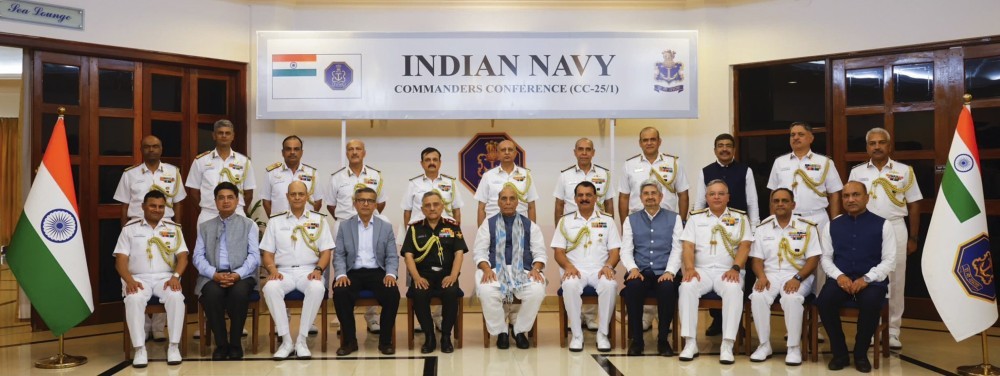
NEW DELHI (PTI): The wheeled-version of India's indigenous unmanned aerial vehicle (UAV) Nishant was on Wednesday successfully undertook its maiden flight.
The UAV named 'Panchi', meaning bird, is capable of taking-off and landing using small airstrips.
Wednesday's flight, which lasted for about 20 minutes, was preceded by a series of high speed taxi trials.
While 'Panchi' has all the surveillance capabilities of UAV Nishant, it will have longer endurance as it does not have to carry the air bags and parachute system as in the case of UAV Nishant.
"Aggressive efforts by the ADE (Aeronautical Development Establishment) team during the past eight months in creating this version are commendable," Dr K Tamilmani, DS and DG Aeronautical Systems at the DRDO, said.
Similar to Nishant, Panchi can be used for intelligence gathering missions over hostile territory, reconnaissance, target designation, surveillance besides others.
Nishant, which is already inducted in the Indian Army, is a multi-mission UAV with day and night operational capability.
Unlike Panchi, it is launched from an all-terrain hydro-pneumatic launcher and is recovered with the help of an onboard parachute system and an underbelly airbag.
It is designed for battlefield surveillance and reconnaissance, target tracking and localisation besides artillery fire correction.
 Previous Article
Previous Article Next Article
Next Article













The Indian Air Force, in its flight trials evaluation report submitted before the Defence Ministry l..
view articleAn insight into the Medium Multi-Role Combat Aircraft competition...
view articleSky enthusiasts can now spot the International Space Station (ISS) commanded by Indian-American astr..
view article